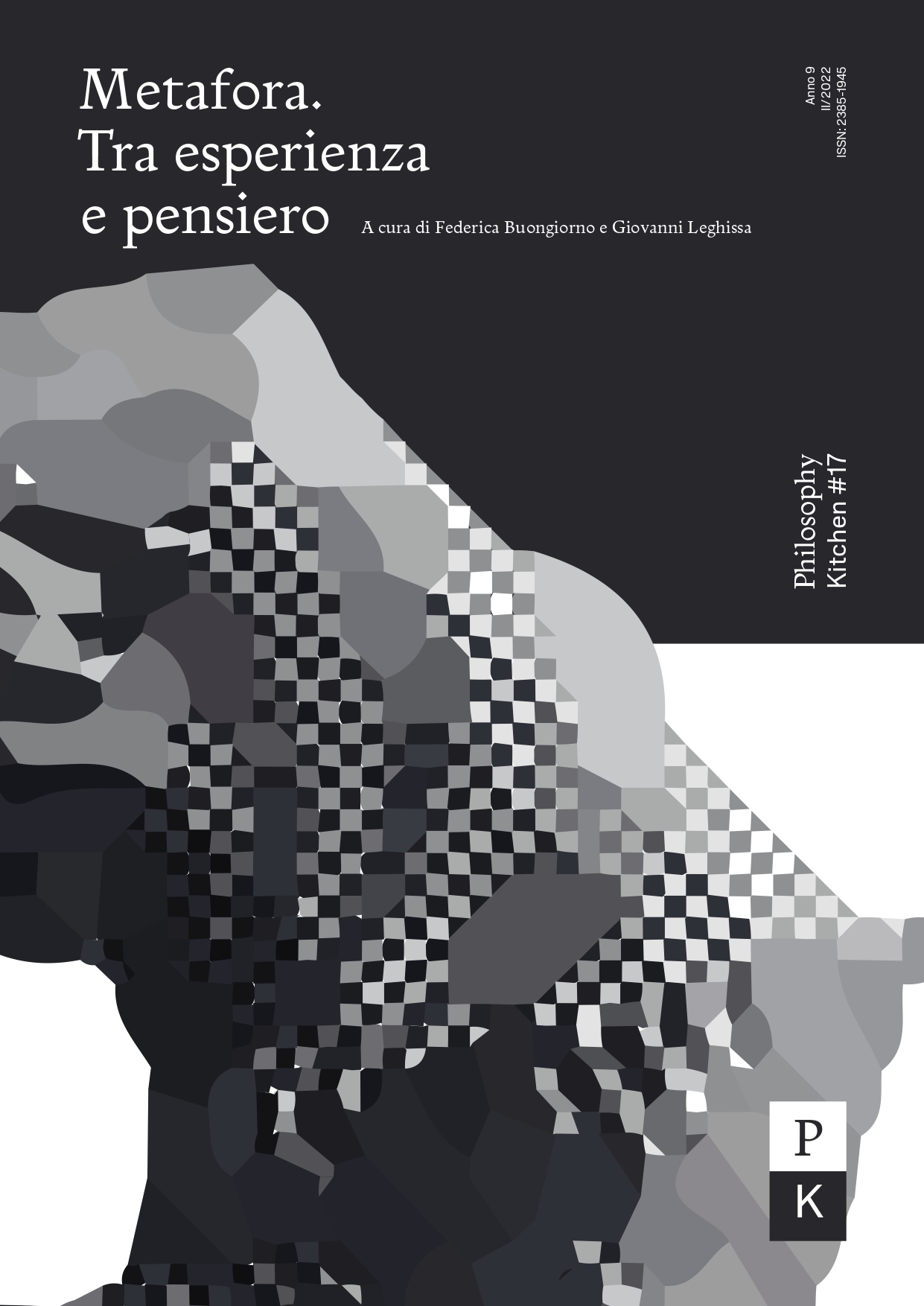La tavola e la mappa. Paradigmi per una metaforologia mediale dell’immaginazione cartografica in Kant
DOI:
https://doi.org/10.13135/2385-1945/7191Abstract
Immanuel Kant’s thought is a central historical and theoretical reference in Hans Blumenberg’s metaphorological project. This is demonstrated by the fact that in the Paradigms the author outlines the concept of absolute metaphor by explicitly referring to §59 of the Critique of the Power of Judgment and recognizing in the Kantian symbol a model for his own metaphorics. However, Kant’s name also appears in the chapter on the metaphor of the “terra incognita” that not only did he theorize the presence of symbolic hypotyposis in our language [...] but also made extensive use of metaphors linked to “determinate historical experiences”. In particular: geographical metaphors. In my essay, I would like to start from the analysis of Kant’s geographical metaphors in order to try to rethink Blumenberg’s archaeological method as an archaeology of media that grounds the study of metaphors in the materiality of communication and the combination of tools, agents and media.






